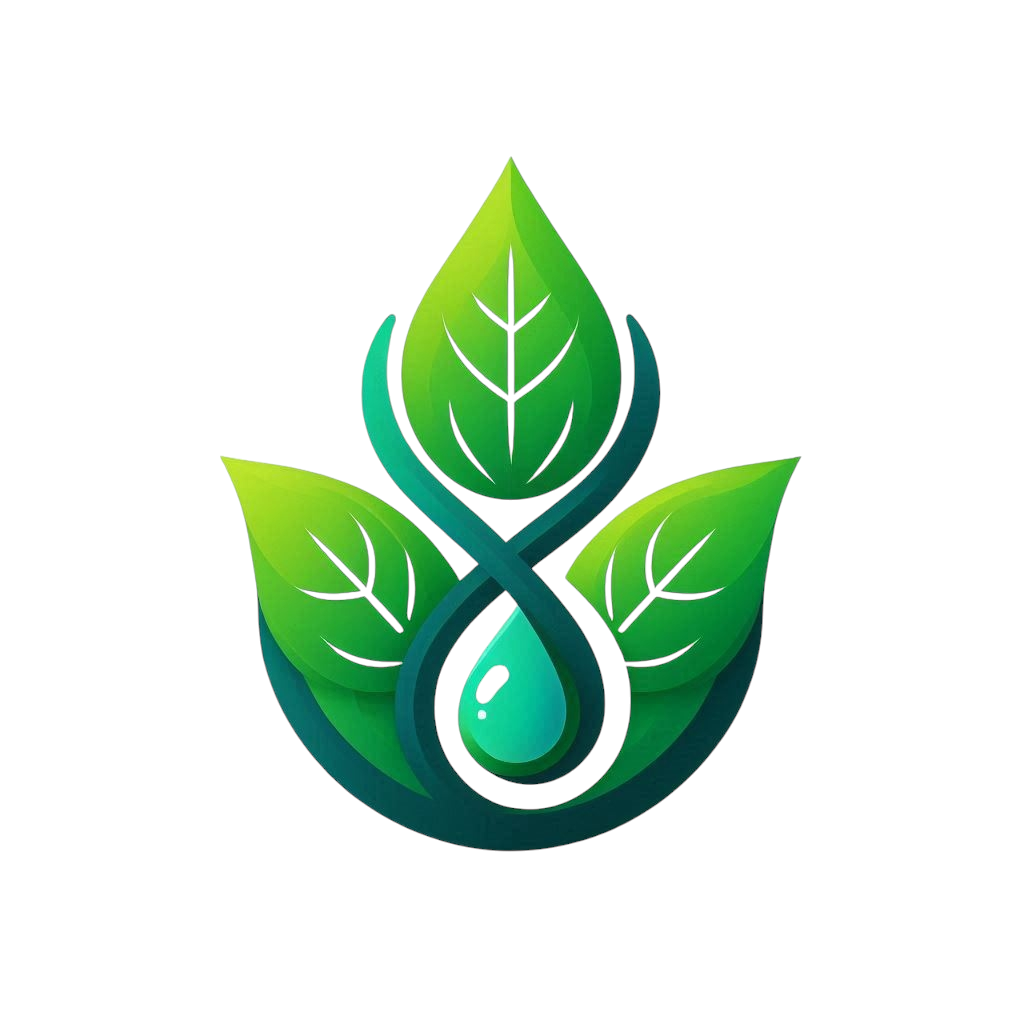
Hydroponics: A Beginner's Guide to Sustainable Growing
Share
Do you know where you food comes from, I mean besides the supermarket? Do you know how your food was produced? What pesticides and chemicals are you consuming on a daily basis? Lets take a moment to explore a new way to eat healthy food from the comfort of your own home pesticide-free, cut fresh by you.
What is Hydroponics?
Hydroponics is a method of growing plants without soil. Instead, plants are grown in a nutrient-rich water solution, providing them with everything they need to thrive. This technique allows for faster growth, better control over nutrients, and more efficient use of water—making it ideal for urban environments, indoor gardening, or anyone looking to maximize plant health.
Types of Hydroponic Systems
There are several types of hydroponic systems, each suited to different needs and preferences:
- Deep Water Culture (DWC): Plants are suspended in a water solution with their roots submerged. This is one of the simplest and most effective systems for beginners.
- Nutrient Film Technique (NFT): A thin film of nutrient-rich water is circulated around the roots of plants, allowing them to absorb nutrients as the water flows.
- Wick Systems: A passive system that uses a wick to draw water and nutrients up to the plant roots. It’s low-maintenance and works well for smaller plants.
Key Equipment & Supplies
Starting your hydroponic journey requires some basic equipment:
- Hydroponic System: Choose the system that fits your space and plants best.
- Grow Lights: Essential for indoor gardening to provide plants with the light they need for photosynthesis.
- pH Meter: Helps monitor the acidity or alkalinity of your water, ensuring plants get the nutrients they need.
- Hydroponic Nutrients: Specially formulated fertilizers designed for hydroponic systems, providing plants with all necessary nutrients.
Benefits of Hydroponics
- Water Efficiency: Hydroponic systems use up to 90% less water than traditional soil-based gardening.
- Faster Plant Growth: Plants grown hydroponically can grow up to 50% faster than those in soil.
- Space-Saving: Hydroponic systems can be used in small spaces, even indoors.
- No Soil Pests: Without soil, you don’t have to worry about pests like aphids or root rot.
Tips for Beginners
- Start Small: If you’re new to hydroponics, begin with a small system and easy-to-grow plants like herbs or lettuce.
- Monitor pH Levels: Keeping the pH balanced is essential for healthy plant growth. Aim for a pH range between 5.5 and 6.5.
- Provide Proper Lighting: If you’re growing indoors, make sure your plants get the right amount of light—12-16 hours per day depending on the plant type.
Conclusion
Hydroponics is an exciting and rewarding way to grow plants efficiently and sustainably. As food prices continue to rise and traditional farming faces challenges, hydroponics offers a smart, viable solution for growing healthy, vibrant plants in a space-saving environment.
Start your hydroponic journey today, and join the movement toward a more sustainable and resilient future of food production.




